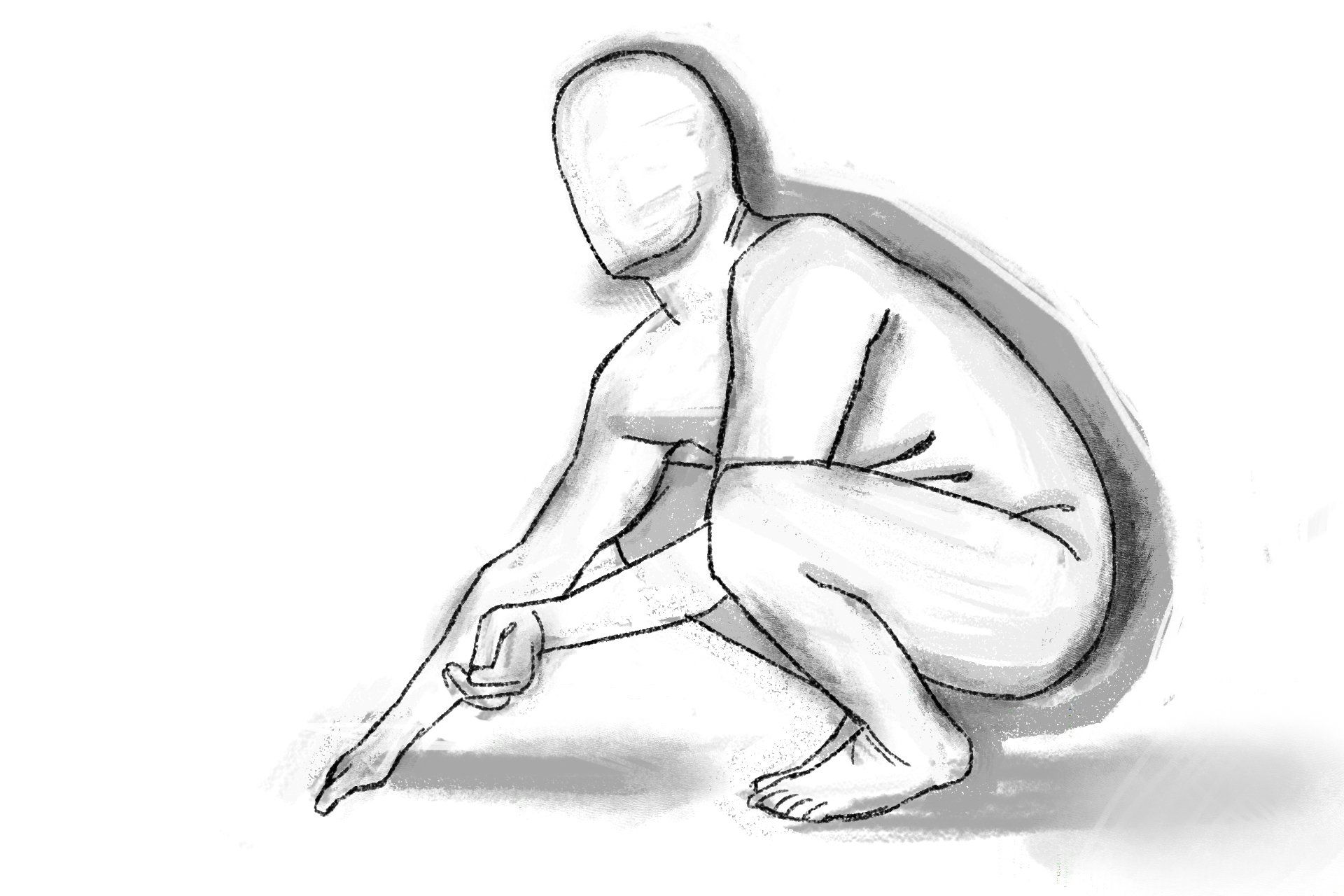Life Drawing is Good for the Soul
April 7, 2022
If you’ve been to art school or took a higher level art class, chances are you learned about life drawing. Also called figure drawing, life drawing is when you draw a live person who is sitting right in front of you as opposed to a person from a photo or existing drawing. Often this person is nude or draped in loose fitting fabric. But most often, they will be nude.
Why is Life Drawing Important?
This may make you uncomfortable. Why do they have to be nude? The answer: clothes are not alive. The nude living form of a real person has it is own energy. A good artist can capture the life of a model and the easiest way to do that is to remove all of the distraction of clothing which covers up the true form of the subject.
Also, we are not clothes. We are human beings with unique and intricate bodies. When you look at another nude form, you can recognize your own body with similar features, shapes, and elements. Since bodies are usually covered, it is rare we can sit and appreciate the way our bodies are formed in a non-sexual way.
What are the Benefits of Life Drawing?
While there are benefits to drawing other types of subjects (folds in clothing are amazing to draw, as well as objects in motion and objects with varying colors and sharp edges) life drawing can improve your artistic talent as well. Overall, life drawing can touch your soul and help you connect in a deeper way with your art.
- You learn to capture a real three dimension living creature.
- You can observe how your subject breathes and capture their liveliness, which is harder when drawing two dimensional model.
- When drawing a 2D subject, you are limited by the original artists interpretation of the subject.
- You can see up close how our skin and muscles react to different positions, sagging or being pulled taut depending on the pose.
- It is easier to capture emotion from a living person than a 2D model.

Drawing a living person out in the real world can be difficult as they might keep moving, move away, or become uncomfortable if they notice you watching them. With a live model you can focus on your art and not worry about your surroundings.
With a live nude model, you have the added benefit of that person’s trust. In our society, being nude in front of strangers is something that rarely happens and is extremely taboo. In a life drawing classroom, this taboo is removed for the sake of art education. The model must not only be comfortable with their body, but how a group of strangers will interpret their body. Any insecurities they may have do not matter. It is both a highly objective and highly subjective environment. Life drawing is good for the soul because it allows you to connect with another human being beyond their body, but through trust and a mutual love of art.
Articles

In the period since COVID forced many of us back home and out of the office, remote work has become the new norm for many. The flexibility of working from home, especially for those with small children, is very compelling, but making a productive workspace is more than setting up a desk in the spare room. More people are seeking to create functional and comfortable workspaces in their homes, however, it can be difficult to strike the right balance between a professional office space and a cosy home environment. Here are some tips for designing a home workspace that meets both of these needs: Dedicate a specific area for work Designating a specific area for work is essential for separating work from leisure time. This could be a separate room or just a corner of a room. It is important to make sure that the workspace is free from distractions and clutter, as this will help you stay focused and productive. Choose the right furniture Ergonomic furniture is key to a comfortable and productive workspace. Invest in a comfortable chair, a desk that is the right height, and a good-quality mouse and keyboard. If you are prone to back pain, consider a standing desk. Add personal touches Just because your workspace should be functional, doesn’t mean it can’t be personal. Add photos, plants, and other personal items to make the space feel like your own. This will help create a sense of comfort and make you feel at home in your workspace. Good lighting Good lighting is essential for a comfortable workspace. If possible, place your desk near a window for natural light. If not, invest in a high-quality desk lamp to provide bright, even light. Keep it organised An organised workspace will help you stay productive and focused. Use desk organisers, filing cabinets, and other tools to keep your work area free from clutter. A clean and organised workspace will also help you start each day with a clear mind. Consider your work style Think about the type of work you do and how you like to work. If you prefer a minimalist workspace, opt for a simple desk and a few basic supplies. If you need space for multiple screens and other technology, make sure you have enough room to work comfortably. Take breaks It’s important to take breaks throughout the day to avoid burnout. Step away from your desk, go for a walk, or do some stretching exercises to clear your mind and recharge.









